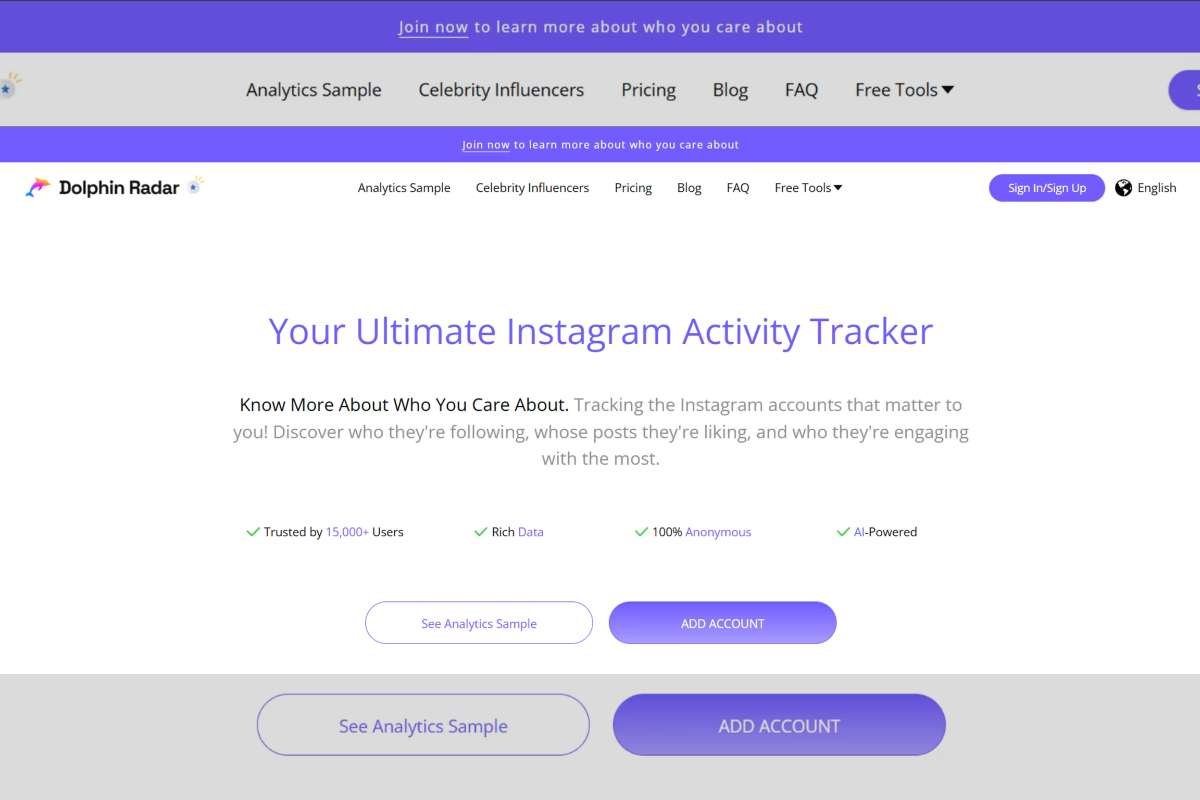Artificial intelligence (AI) includes image recognition and generative models, creating AI visuals. These tools enable personalized content creation by analyzing vast datasets, departing from one-size-fits-all strategies. Understanding which visuals connect most with our audience allows us to adjust approaches strategically. The collaboration between human creativity and AI in design speeds up the creation of high-quality visuals. Learn more about how AI Visuals in marketing significantly shift and reshape brand-consumer relationships.
The Rise of AI Visuals in Marketing
The rise of AI visuals in marketing marks a departure from traditional methods reliant on static images. Marketers can analyze extensive datasets, gaining insights into consumer preferences and behavior. The result is enhanced engagement as brands customize visual content to resonate with their target audience.
For instance, super realistic AI portraits can create personalised advertisements catering to individual preferences. These AI-generated visuals can dynamically adapt based on user demographics, online behavior, and real-time interactions, ensuring a more tailored and effective marketing strategy.
Personalization and Targeted Marketing
AI and machine learning algorithms analyze user data, such as preferences, browsing history, and demographics. This enables brands to customize visuals according to individual consumers’ unique interests and needs.
In e-commerce, for instance, AI visuals recommend products based on a user’s past purchases, search history, and social media activity, improving the user experience and boosting the likelihood of conversion. AI visuals help brands figure out, predict, and fulfil what each person really wants. Marketers can personalize and target campaigns to make brands stand out.
Interactive Content and Immersive Experiences

AI Visuals in marketing generate interactive content with augmented reality (AR) and virtual reality (VR). These experiences deepen the connection between the brand and the consumer. For instance, a retail brand using AR allows customers to try on products virtually. This helps enhance the customer’s online shopping experience and reducing return rates by providing a more accurate representation.
AI visuals change how brands connect with their audience, providing interactive and memorable experiences that strengthen connections. This moves away from the usual one-way communication, improves brand perception, and builds loyalty, positioning brands as innovators in the digital world.
Predictive Analytics for Content Optimization
Smart algorithms analyze data to predict trends, understand how consumers behave, and foresee how content will perform. Marketers decide on the visuals, campaign timing, and effective channels. This data-driven approach ensures our marketing efforts are eye-catching and tailored to what our audience loves, making our approach more compelling and relatable.
AI Visuals in marketing and predictive analytics revolutionize content optimization, anticipating trends and informing strategic decisions. Machine learning algorithms provide insights into consumer behavior and preferences, guiding choices on impactful visuals and optimal campaign timing. This approach ensures content strategies align with the dynamic preferences of the audience, enabling marketers to drive successful campaigns.
Enhanced Creativity and Design
AI visuals complement human creativity rather than replace it. Generative models, like those in deep learning, assist designers in generating ideas, automating tasks, and creating unique visual elements. This collaboration between human creativity and AI-driven design tools allows for the rapid production of high-quality visuals.
Moreover, AI visuals can analyze the performance of past campaigns to identify successful design elements, helping designers make data-informed decisions. This iterative design refinement process ensures that marketing visuals evolve to captivate the audience and stay relevant in a dynamic market.
Examples of Marketing Strategies with Visuals
AI visuals can significantly enhance marketing strategies by creating engaging and personalized content. Here are some examples of marketing strategies incorporating AI visuals:
- AI-Enhanced Social Media Advertising

Leverage AI tools to analyze social media data and identify trending topics or hashtags. Create visually appealing content that aligns with current trends, ensuring higher engagement on social media platforms. This also helps in viral marketing.
- Content Personalization in Email Marketing
Marketers can use AI to analyze customer data and create personalized visual elements in email campaigns. You can incorporate dynamic visuals, such as personalized product recommendations or images, to increase the relevance of email content.
- Personalized Landing Pages
Implement AI algorithms to analyze user data and behavior. Create landing pages with dynamic and personalized visuals based on the user’s preferences, demographics, or past interactions.
- AI-Powered Product Recommendations

Utilize AI algorithms to analyze user browsing and purchase history. Display personalized product recommendations with visually appealing visuals on product pages, checkout pages, or pop-ups.
Conclusion
AI visuals redefine marketing by reshaping audience connections through personalized content, interactive experiences, predictive analytics, and enhanced design capabilities. Businesses embracing AI visuals gain a competitive edge, delivering engaging and memorable experiences. The strategic integration of AI visuals is not a passing trend but a fundamental shift defining the future of marketing success.


















